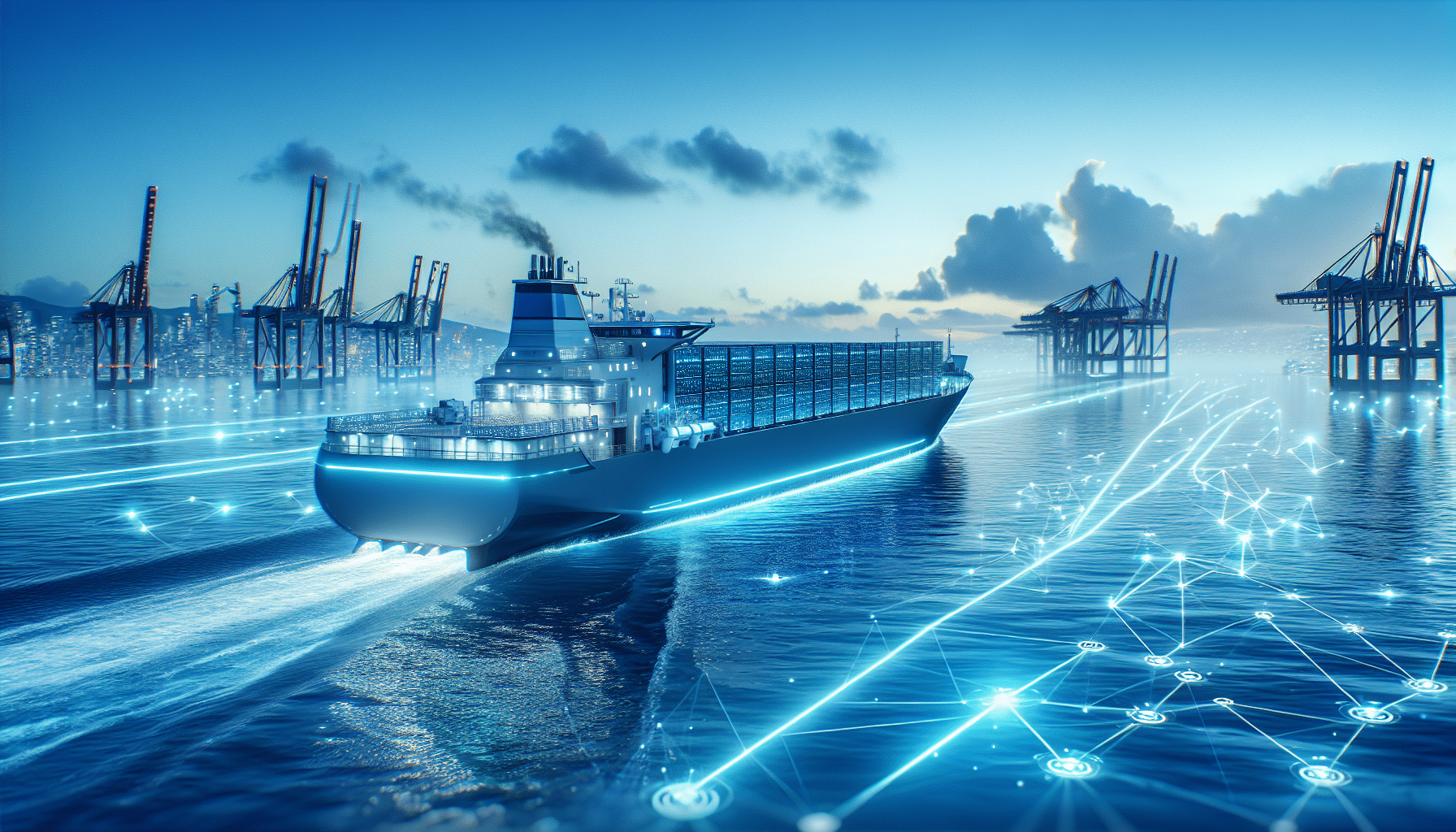In the era of digitalization and technological innovation, the naval industry and global shipping are not left behind. Maritime technology is completely revolutionizing these sectors, enabling significant advances in efficiency, safety, and sustainability.
From implementing autonomous navigation systems to using artificial intelligence to optimize routes and reduce operating costs, shipping companies are increasingly adopting technological solutions to stay competitive in a constantly evolving market.
In this article, we'll explore how maritime technology is transforming the naval industry and global shipping, analyzing current and future trends that are shaping the course of this strategic sector. We'll discover how digitalization is facilitating decision-making, improving operational efficiency, and opening up new business opportunities.
Join us on this journey into the future of maritime navigation and discover how technology is forever changing the way we navigate the seas! Together, we'll explore the latest technological innovations that are propelling the naval industry toward a new horizon of possibilities and challenges. Get ready to sail into the future!
Maritime Technology: The Revolution in the Naval Industry
Maritime technology has undergone significant advances in recent years, completely transforming the naval industry and global shipping. These advances have allowed for optimized vessel construction and maintenance processes, as well as improved safety at sea and navigation efficiency.
Optimization of construction processes
One of the main benefits of maritime technology in the naval industry is the optimization of shipbuilding processes. Thanks to the implementation of computer-aided design (CAD) and computer-aided manufacturing (CAM) systems, shipyards can create more complex and efficient vessels in less time and at a lower cost.
Furthermore, the introduction of technologies such as 3D printing has revolutionized the way certain boat parts and components are manufactured, allowing for greater customization and adaptation to the specific needs of each vessel.
Improving safety on the high seas
Another key aspect of maritime technology is improving safety on the high seas. Advances in satellite navigation systems, such as GPS, have allowed ship captains to maintain greater precision in their routes and avoid accidents at sea. Furthermore, the implementation of remote monitoring systems and smart sensors has facilitated the early detection of potential technical problems, contributing to safer navigation.
The incorporation of technologies such as augmented reality and artificial intelligence into ship control systems has also contributed to improving safety on board by enabling greater anticipation and rapid response to emergency situations.
The digitalization of global navigation
Digitalization has been a key factor in the revolution of the shipping industry and global shipping. The implementation of cloud-based fleet management systems has allowed shipping companies to gain greater control and visibility of their operations in real time, optimizing route planning, cargo management, and vessel energy efficiency.
Furthermore, the use of high-speed satellite communication technologies has improved connectivity on the high seas, allowing crew members to stay in touch with their families and receive technical assistance in the event of an emergency. Digitalization has also facilitated the implementation of environmental monitoring systems to reduce the impact of navigation on marine ecosystems.
In short, maritime technology is revolutionizing the naval industry and global shipping, offering benefits in terms of efficiency, safety, and sustainability. These advances continue to drive the evolution of the industry and promise an increasingly innovative and technologically advanced future.

Conclusion
In conclusion, maritime technology is playing a fundamental role in the transformation of the naval industry and global shipping. Advances in computer-aided design systems, computer-aided manufacturing, and 3D printing have enabled the optimization of vessel construction processes, resulting in greater efficiency and cost reduction. Likewise, improved offshore safety through satellite navigation systems, remote monitoring, and technologies such as augmented reality and artificial intelligence have contributed to preventing accidents and responding more effectively to emergency situations.
On the other hand, the digitalization of global shipping has facilitated fleet management, route planning, and communication on the high seas, improving operational efficiency and vessel connectivity. Furthermore, the implementation of environmental monitoring systems has helped reduce the impact of shipping on marine ecosystems, promoting sustainability.
In short, maritime technology is revolutionizing the naval industry and global shipping, offering tangible benefits in terms of efficiency, safety, and sustainability. With an increasingly innovative and technologically advanced future, these advances continue to drive progress and evolution in the maritime industry worldwide.





